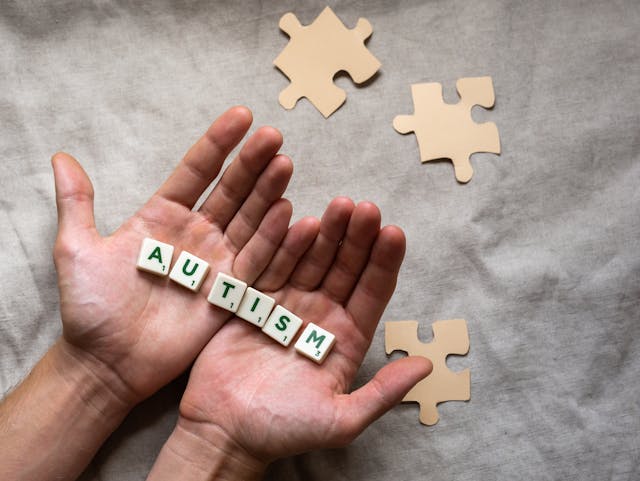A recent study from California researchers has established that a larger brain size in the womb could be an indicator for autism. Despite the initial assumption of bigger brains being positive, the study indicates that swift brain growth may signify autism spectrum disorder (ASD), challenging traditional viewpoints and emphasizing the intricacy of ASD.
Prenatal brain development influences ASD symptoms
Autism presents a spectrum of symptoms and severity levels, ranging from mild to profound challenges. Scientists have been perplexed by this variation, but a recent study proposes that prenatal brain development may hold the key. By examining the cortex, responsible for cognition and emotion regulation, researchers found that toddlers with autism have a cortex about 40% larger than neurotypical children. This enlargement is linked to more severe social and language difficulties in later life
Alysson Muotri, Ph.D., director of the Sanford Stem Cell Institute, explains that bigger doesn’t always mean better when it comes to brain development. Their findings suggest that in toddlers with profound autism, there’s an excess of cells and neurons, which may not be advantageous.
To delve into these findings, the researchers employed brain cortical organoids (BCOs), miniature models of the fetal cortex created from stem cells extracted from blood samples. These BCOs allowed them to study brain development in ways not possible with actual fetal brains.
Brain cortical organoids in ASD three times bigger of neurotypical children
In their studies, the researchers noted that BCOs from toddlers with autism grew about 40% larger and three times faster than those from neurotypical children. This accelerated growth resulted in an overabundance of neurons, akin to plants in a garden growing too densely. While this rapid growth might initially seem beneficial, it could lead to functional impairments in the brain, mirroring the challenges faced by individuals with autism.
The study sheds light on the intricate relationship between prenatal brain development and the manifestation of autism symptoms. By identifying early biomarkers, such as excessive brain growth, doctors may one day be able to intervene earlier and provide targeted interventions for children at risk of ASD.


